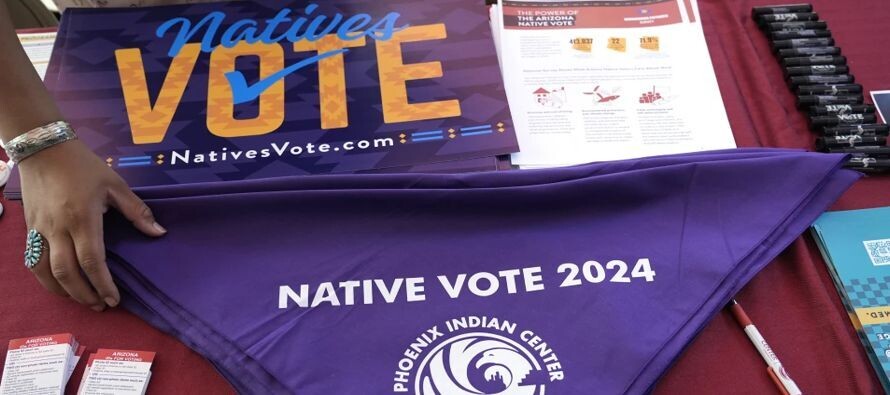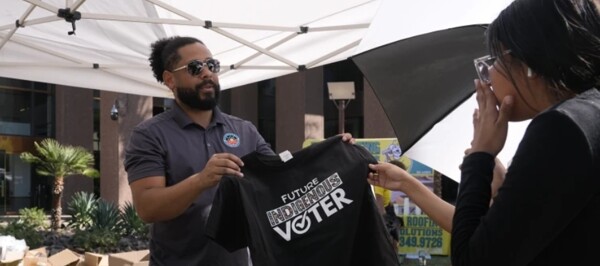
In the upcoming elections, ten states in the United States will debate reproductive rights, sparking heated discussions on how to describe the impact of abortion, and this is only in English. The federal Voting Rights Act states that in 388 sites across the country where English is not the primary language among voters, all electoral information must be available in the native language of each community. The purpose of these translations is to ensure that people who speak English but it is not their mother tongue understand clearly what they are voting on.
In Arizona, several counties will have to provide translations in the languages of the Navajo, Hopi, Apache, Paiute, and Pueblo tribes, including the concept of "viability" in the measures of Florida and Nevada for the Seminole and Shoshone tribes. The challenge of how to explain vague or technical terms is raised, especially in indigenous languages with limited written dictionaries. For example, the New York referendum does not use the word "abortion," further complicating the translation task.
Some tribes have opted to place tribal interpreters inside polling places instead of written translations. In Florida, the Seminole language does not have enough words to translate in writing, so they rely on translators present at the voting centers. Meanwhile, in Colorado, they face the difficulty of explaining terms like abortion to the Ute tribes, whose dictionary has limited vocabulary.
Official translations often present challenges, as in the case of Korean where the literal translation means "to drop the fetus," generating controversy among activists. New York City goes beyond federal requirements and also demands translations in several languages, allowing people from different communities to access information. In summary, translating complex political concepts into indigenous languages poses significant challenges in an effort to ensure participation and equal access to information in the electoral process.














